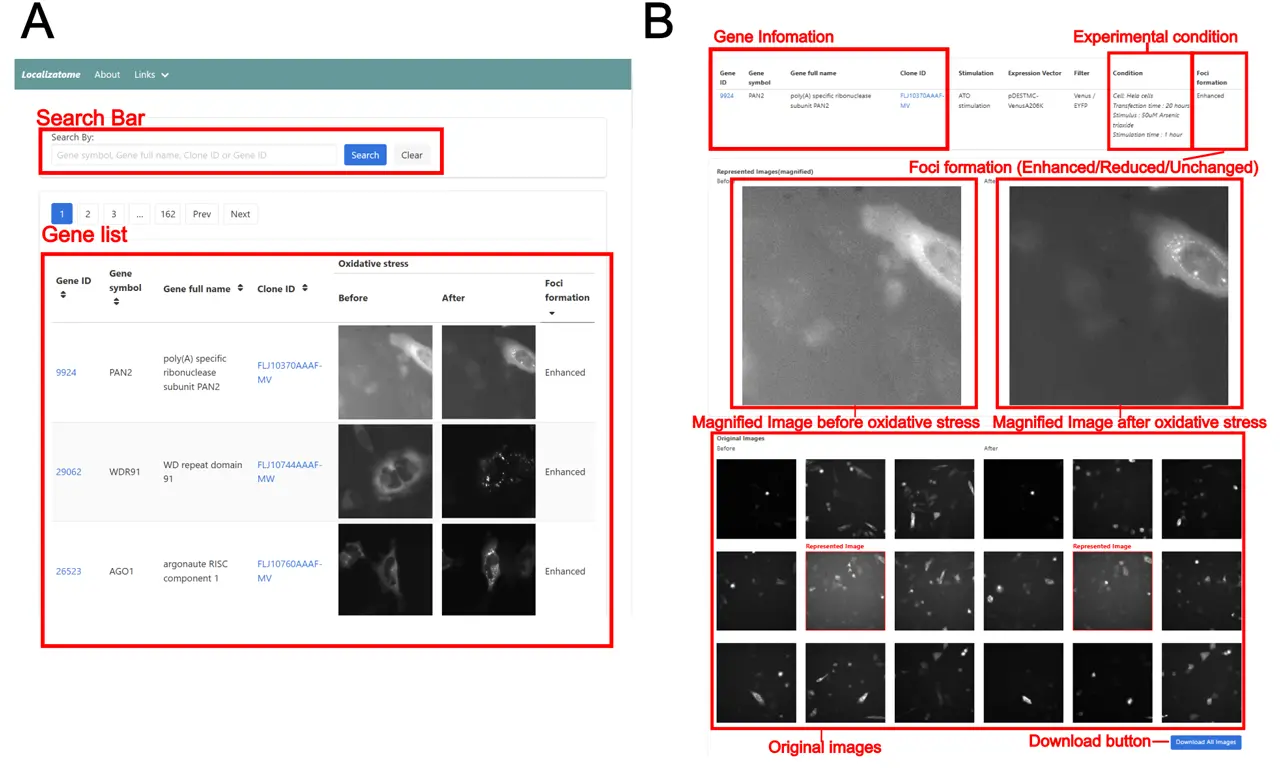2025-05-09 東京大学

デザインスペース決定のための新規アルゴリズムと実験的検証の流れ
<関連情報>
- https://www.t.u-tokyo.ac.jp/press/pr2025-05-09-001
- https://www.t.u-tokyo.ac.jp/hubfs/press-release/2025/0509/001/text.pdf
- https://www.nature.com/articles/s42003-025-08063-2
予測区間を用いた間葉系幹細胞培養プロセスのデザインスペースの決定と検証 Determination and validation of design space for mesenchymal stem cell cultivation processes using prediction intervals
Keita Hirono,Yusuke Hayashi,Isuru A. Udugama,Mohamed Rami Gaddem,Kenjiro Tanaka,Yuto Takemoto,Ryuji Kato,Masahiro Kino-oka & Hirokazu Sugiyama
Communications Biology Published:08 May 2025
DOI:https://doi.org/10.1038/s42003-025-08063-2
Abstract
In regenerative medicine, mesenchymal stem cells (MSCs) constitute a promising therapeutic route for many diseases. The current quality-by-design guidelines do not clearly define a framework for MSC production. Here, we suggest and experimentally validate a model-based method to determine design spaces (DSs) for MSC cultivation. A kinetic model used in previous work was employed; part of the experimental data was used to re-estimate the maximum specific growth rate in the kinetic model and then calculate the prediction intervals of this parameter. Subsequently, regions of seeding density and harvesting time where both the upper and lower limits of growth predictions met the acceptable number of cells and confluency with given risk levels were defined as DSs. Finally, the established DS was validated with the remaining data; it allowed better predictions of the cell numbers and confluency under specific cultivation conditions and improved the overall robustness of MSC cultivation processes.


